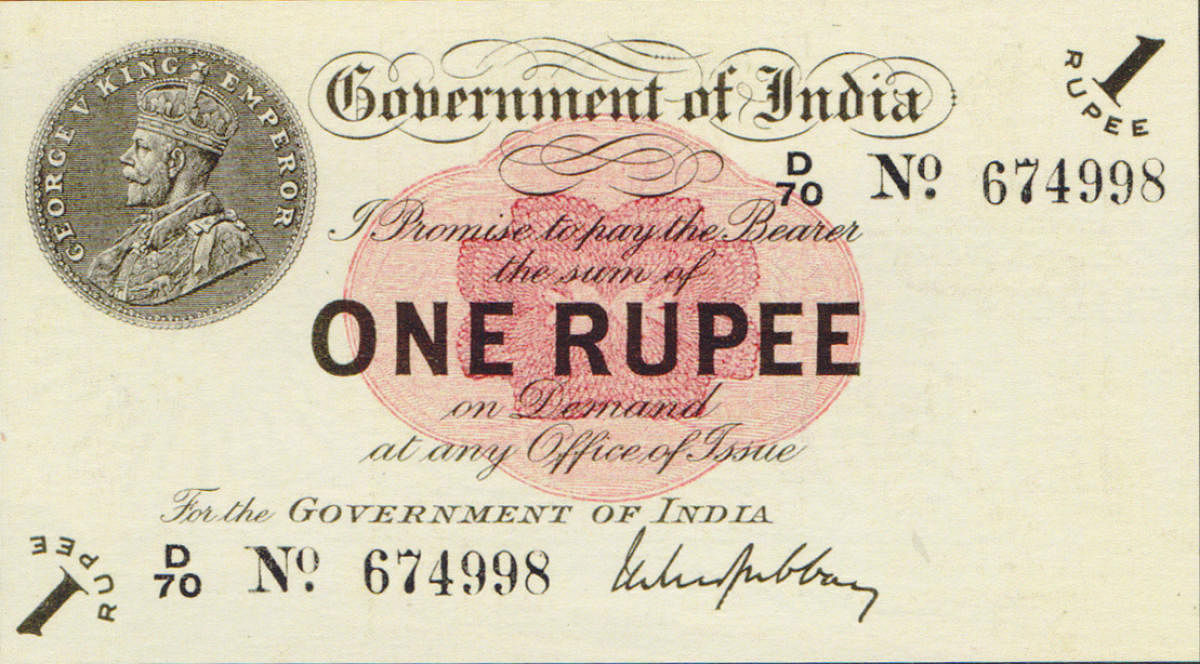
Post demonetisation, there has been an improvement in digital payment transactions in India. Digital payment transaction turnover vis-à-vis GDP (at current price) was 7.14% in 2016, 7.85% in 2017 and increased to 8.42% in 2018 and is expected to reach 14.8% by 2021, giving way to “less-cash” society. With the increase in digital payments, one would naturally expect a reduction in the usage of cash.
Needless to say, cash involves significant cost to the economy. Therefore, people should be encouraged to migrate to digital payment modes to reduce cost to the economy and also to minimise issues involved in cash transactions. However, along with the growth in digital payments, currency in circulation is also going up and, as per the RBI Bulletin of September 2019, it has reached Rs 21.50 lakh crore. As the economy grows, currency in circulation also grows. The currency management function of RBI is guided by the need to ensure an adequate supply of clean currency notes of various denominations to meet the requirements of various segments. Even with the reasonable increase in currency in circulation, the common man suffers due to the lack of adequate quantity of smaller denomination notes. In many ATMs, only Rs 500 and Rs 2000 notes are made available, and one seldom gets Rs 100 notes.
The volume of notes in circulation is growing at a CAGR of 10.21% – almost doubling during the last seven years -- the notes in circulation by value has increased to Rs 21.5 lakh crore from Rs 10.9 lakh crore in 2012. As currency in circulation is growing faster than GDP, the currency-to-GDP ratio has risen from 9.7% (2015-16, including demonetisation period), to 11.91% (2016-17) to 12.5% in 2017-18 – the highest among emerging economies. There are a few economies that have an even higher currency-to-GDP ratio: Japan (19%), Hong Kong (15%). Besides, no specific target/limit has been considered for cash in circulation in the RBI’s ‘Payment and Settlement System in India-Vision 2019-21’ document. It only expects that the spread of digital payments will reduce demand for cash in circulation.
An analysis of notes in circulation (RBI Annual Report 2019) reveals that the increase in both volume and value is highly biased towards higher denomination notes of Rs 500 and Rs 2000.
In March 2019, just ahead of the Lok Sabha elections, the volume of smaller denomination notes (up to Rs 200) came down to 83,969 million pieces (same level as in 2018) from 91,037 million (2017), while higher denomination notes went up sharply to 24,089 million pieces from 9,256 million in 2017. The share of smaller denomination notes has fallen to 77.2% (from 91% in 2017); the share of higher denomination notes in volume is increasing consistently – from 9.23% (2017), 18.45% (2018) to 22.8% in March 2019. The yearly increase in volume in Rs 500 notes was 39% (March 2019) while the volume of Rs 2000 notes has come down.
As of March 2019, the currency in circulation was Rs 21.13 lakh crore – a yearly increase of 17%. Higher denominations increased by over 19% and smaller denominations by 8%. The value of higher denomination notes was Rs 17.34 lakh crore or 82% of the currency in circulation. The share of Rs 500 notes alone to total value has gone up to 51% from 43% while there is a marginal reduction year to year in the value of Rs.2000 notes in circulation. In other words, 77% of smaller denomination notes (volume) constitute only 18% of the value. Besides, in smaller denominations, there is a reduction of about 10% in Rs 100 notes and the increase in value is mainly in Rs 200 notes.
The number of counterfeit notes, both at RBI and the banks, is coming down. In 2016-17, the number of pieces was 7.62 lakh. In 2018-19, it was 3.17 lakh.
The supply of notes during the year 2018-19 at 29,191 million pieces was 16.75% higher than that in the year 2017-18 (25,003 million pieces). However, the expenditure incurred on the printing of banknotes decreased by 2.06% from Rs 4,912 crore in 2017-18 to Rs 4,811 crore during 2018-19, mainly on account of a downward revision of the rates of printing, despite a 17% increase in the value of the currency in circulation.
The quantity of notes required to be printed is decided by the RBI using econometric analysis based on various factors, such as GDP growth prospects, inflation, disposal of denomination-wise soiled notes, etc. By and large, everybody will agree that adequate currency notes are made available in value terms – not necessarily in terms of the composition of currency notes in volume. An adequate supply of smaller denomination notes, especially the Rs 100 denomination, is more important to the common man than the total value of the currency in circulation. Steps must be taken to ensure that the common man gets an adequate quantity of Rs 100 notes, especially through ATMs.
(The writer teaches banking at ICICI Manipal Academy, Bengaluru)